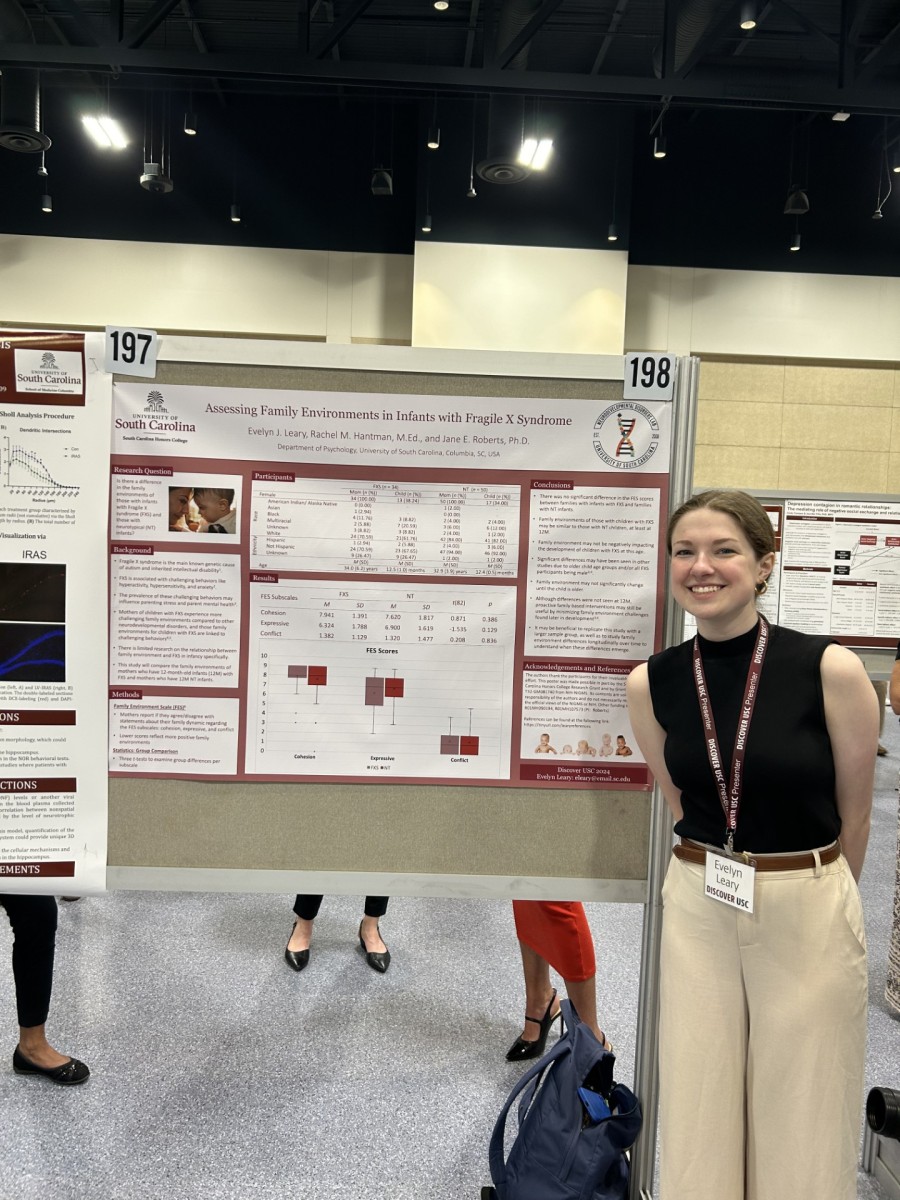Autism Spectrum Disorder-Associated Behavior in Infants with Down Syndrome
Approximately 20% of children with Down syndrome (DS) meet the diagnostic criteria for autism spectrum disorder (ASD), which suggests that children with DS are at elevated risk for ASD. In this study, researchers were interested in analyzing how infants with DS and typically developing (TD) infants differed in terms of ASD-associated behavior. Participants included 18 infants with DS, aged 7 to 18 months, and 18 TD infants, aged 9-14 months. The researchers used a play-based observation to observe ASD-associated behavior, along with a standardized assessment to measure developmental skills. The data collected showed that 7 out of 18 infants with DS were at risk for ASD, while only 2 TD infants met criteria for ASD-risk. The results of this study provide further evidence for the claim that children with DS are at an elevated risk for co-morbid ASD. In addition, these results suggest that early screening for ASD in children with DS may be a necessary measure.
Parent Perspectives on Augmentative and Alternative Communication Integration for Children With Fragile X Syndrome: It Starts in the Home
Augmentative and Alternative Communication (AAC) is used to assist children who have language impairments. However, few studies have analyzed the use of AAC and its effectiveness in children with FXS, who also exhibit difficulties with communication. In this study, researchers analyzed the home-use of AAC in five children with FXS, aged 4 to 12 years old. The researchers collected data using home visits to observe the children using AAC and conducted interviews with the children’s mothers to gain a better understanding of whether or not AAC benefited their child. The AAC tools used by the children in this study included devices with vocabulary presented on a grid display, Picture Exchange Communication Systems (PECS), and visual supports. The mothers reported that AAC was useful when the children had simple requests and found that it contributed to their communication development. On the other hand, the mothers did have some concerns about the devices, including their language simplicity, cost, and portability. All mothers wanted the AAC tools to foster deeper conversations rather than simple requests. In addition, they found the devices to be costly and not practical when traveling outside the home. Despite these limitations, the mothers found AAC to be beneficial in supporting the children’s communication and language development. The results of this study suggest AAC interventions could be beneficial for children with FXS, but the technology accessibility could be improved.
Brief Report: A Randomized Controlled Trial of the Effects of RECALL (Reading to Engage Children with Autism in Language and Learning) for Preschoolers with Autism Spectrum Disorder
Shared book reading can contribute to the development of oral language and literacy skills. However, previous research has shown that children with autism spectrum disorder (ASD) spend less time on shared book reading and enjoy it less compared to their peers. To combat this, an intervention known as Reading to Engage Children with Autism in Language and Literacy (RECALL) was created to support reading and language development in children with ASD. In order to analyze its effectiveness, researchers recruited 31 preschoolers with ASD, aged 3 to 6 years, and their caregivers and had them participate in the RECALL intervention. Seventeen parent-child dyads were randomly assigned to the experimental group and 14 were assigned to the control group. Parents in the experimental group attended training workshops in which they were trained on how to read to their child using the RECALL method, while parents in the control group did not receive training. Both groups were provided with the same reading materials and were asked to read to their children twice per week for 6 weeks.
Data was collected on emotion situation knowledge, responsiveness and engagement in reading session, and receptive vocabulary both before and after the 6-week period. Results showed that children in the experimental group improved more on emotion situation knowledge and story comprehension compared to children in the control group. When comparing scores before and after the intervention, results showed that children in the experimental group improved in receptive vocabulary, reciprocity in verbal communication, and engagement in shared book reading. On the other hand, children in the control group only improved in receptive vocabulary. Overall, the results of this study suggest that children with ASD could improve their reading and language development through shared book reading and the use of RECALL.






















